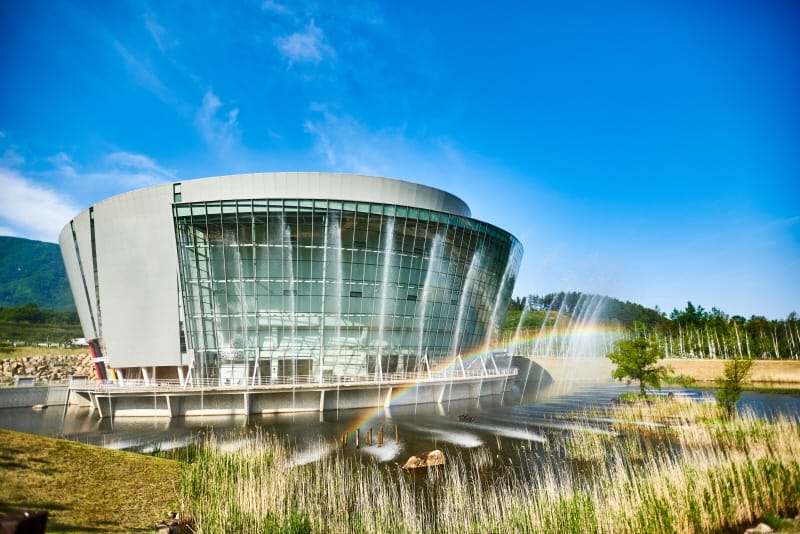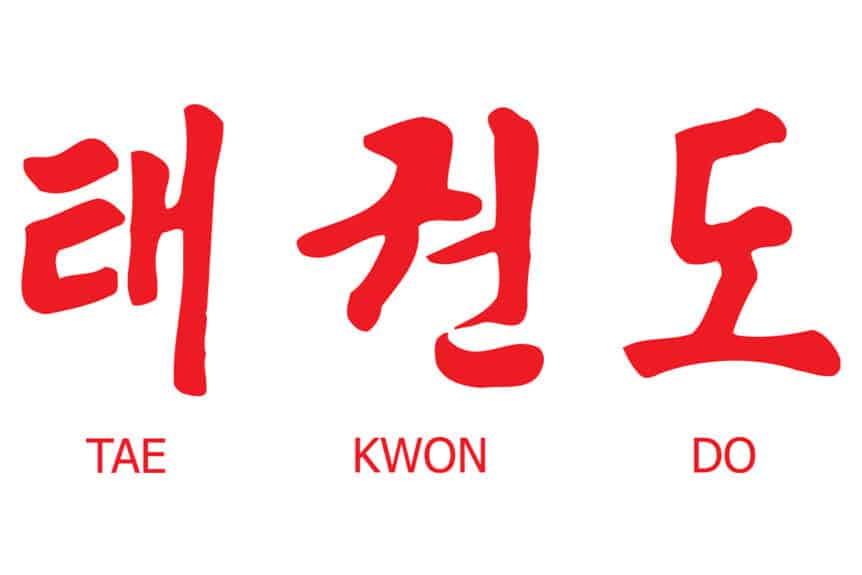
Your blog post about Taekwondowon (properly spelled “Taekwondowon”) is a solid start, packed with enthusiasm and key details about this iconic martial arts complex in South Korea. After reviewing it and cross-checking with available information, I’ve refined it to ensure it’s well-written, informative, and
Located in the heart of South Korea, Taekwondowon stands as a global beacon for Taekwondo enthusiasts—a place where the national sport of Korea comes alive. This sprawling martial arts complex in Muju isn’t just a training ground; it’s a living tribute to Taekwondo’s heritage, offering everything from competitions and education to hands-on experiences.
For those that are learning Taekwondo and curious travelers alike, Taekwondowon is the ultimate pilgrimage site, blending South Korean tradition with stunning natural beauty. Let’s explore what makes this spot the undisputed “Mecca of Taekwondo.”
A Monument to Taekwondo’s Soul
Opened in 2014 after seven years of construction, Taekwondowon was born from a $228 million vision to celebrate and advance Korea’s martial art. Spanning 2.31 million square meters (not 3,300 square kilometers—that’d be bigger than some countries!), it stretches across nine lush valleys at the foot of Baegunsan Mountain in Muju, Jeollabuk-do. Think of it as three-quarters the size of New York’s Central Park, but with a singular focus: Taekwondo. Unlike a sprawling Olympic village, every inch here pulses with the spirit of this time-honored practice.
Taekwondowon embodies South Korea’s rich heritage and cultural diversity, serving as a bridge between Taekwondo’s ancient roots and its modern evolution. Before this complex put Muju on the map, the town was a quiet retreat known for its firefly festival and cascading waterfalls. Now, it draws over 20,000 international visitors annually, alongside countless locals, all eager to experience the global epicenter of Taekwondo.
Designed with Purpose
What sets Taekwondowon apart is its thoughtful design, reflecting Taekwondo’s core principles: body, mind, and spirit. The complex unfolds across three distinct zones, connected by six bridges symbolizing the belt colors of Taekwondo advancement—white, yellow, green, blue, red, and black. These bridges don’t just link the landscape; they mirror the journey of a practitioner, harmonizing with the surrounding mountains and streams.
The Body Zone blends nature and innovation, featuring a state-of-the-art T1 Arena—the world’s largest Taekwondo stadium—alongside a sculpture garden, an outdoor amphitheater, restaurants, and cozy accommodations. A flowing stream runs through, symbolizing peace between humanity and the environment. Next, the Mind Zone houses the World Taekwondo Academy (WTA), complete with practice rooms, a Taekwondo lab, and training courts like Hansu. This is where the art’s rigorous discipline takes shape. Finally, the Spirit Zone offers serenity with water terraces, a meditation area by a waterfall, an honorary park, and an observatory tower boasting jaw-dropping views of Muju’s rugged terrain.
A Global Hub for Taekwondo Lovers
Taekwondowon isn’t just a pretty backdrop—it’s a working headquarters for Taekwondo’s global community. Three hours from Seoul by bus, it’s packed with amenities: museums, shops, a gym, even an auditorium. Since hosting the 2017 World Taekwondo Championship, it’s solidified its status as a powerhouse, elevating Taekwondo’s profile as a worldwide sport. The on-site museum dives deep into the martial art’s history, showcasing South Korea’s traditions while hinting at its future as a cultural export.
For learners, Taekwondowon’s World Taekwondo Academy offers a world-class experience. Daily programs cater to all levels, from casual visitors to seasoned black belts. You can try Taekwondo Gymnastics, a fitness-focused blend of kicks and strikes, or the Self-Defense Martial Art program—perfect for practical skills, especially for women. Feeling zen? The Taekwon Healing Therapy combines breathing and meditation with Taekwondo techniques to calm the mind. For a full-body challenge, the Physical Activity Promotion System (PAPS) hones the strength and spirit needed to excel in the dojang.
Planning Your Visit
Getting to Taekwondowon is straightforward—fly into Seoul Incheon International Airport, then hop on a three-hour bus ride to Muju. Entry is wallet-friendly at $3.50 (4,000 KRW), with Experience Center tickets starting at $5.20 (6,000 KRW). Free Taekwondo demonstrations run twice daily at 11 a.m. and 2 p.m., giving you a front-row seat to the art’s power. Want to stay overnight? Double-occupancy rooms are available on-site for about $90 (104,500 KRW), breakfast not included.
Here’s a quick breakdown of its current single-day program fees:
| Age Group | Individual Rate | Group Rate (20+) |
|---|---|---|
| Children | $2.60 (3,000 KRW) | $1.75 (2,000 KRW) |
| Teenagers | $3.00 (3,500 KRW) | $2.20 (2,500 KRW) |
| Adults | $3.50 (4,000 KRW) | $2.60 (3,000 KRW) |
Fees vary by program, so check the official Taekwondowon website (tpf.or.kr) for the latest details before you go.
Why Taekwondowon Matters
More than a training complex, Taekwondowon is a sanctuary for a sport woven into South Korea’s identity. It’s where Taekwondo’s past—think Poomsae forms and centuries-old philosophy—meets its present as a competitive powerhouse and cultural gem.
Whether you’re a practitioner searching for “Taekwondowon Muju” or a traveler curious about “Taekwondo in South Korea,” this place delivers. It’s a testament to how a small town like Muju can become a global stage, all thanks to the enduring kick of Taekwondo.

